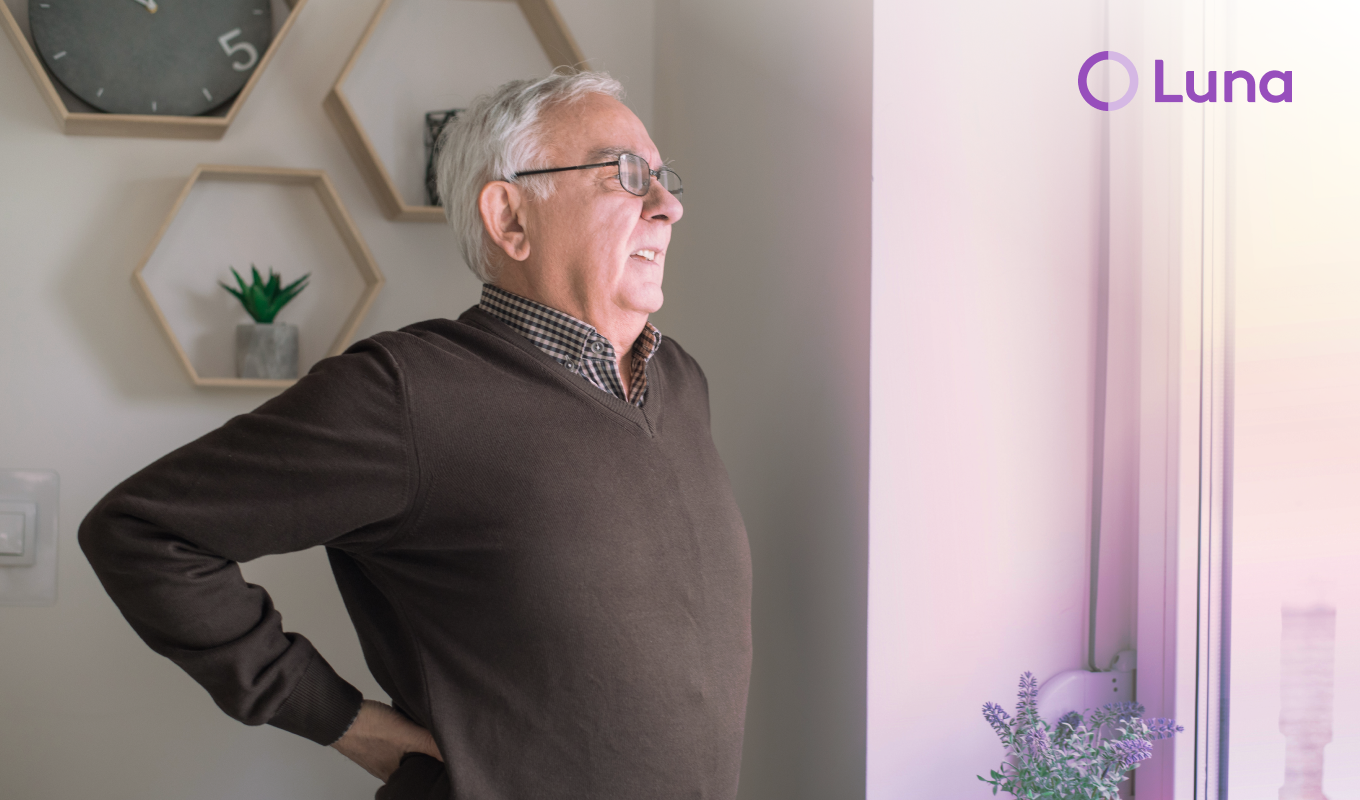Upper back pain symptoms
Upper back pain symptoms can vary greatly from person to person, as symptoms tend to differ depending on the cause and severity of the patient’s condition. For some patients, upper back pain may be mild and/or temporary, disappearing after just a few days. For others, it may be chronic, worsen over time, or interfere with daily tasks.
The most common symptoms associated with upper back pain include sharp, stabbing pain; general discomfort or an aching sensation; stiffness and reduced mobility; radiating pain that travels into the arms, chest, or lower back; and tingling, numbness, and weakness. Patients likely won’t experience all of these symptoms.
The most common symptoms of upper back pain include:
- Sharp pain
- Discomfort
- Stiffness
- Tingling
- Numbness
- Weakness
Source:
Spine-Health



















